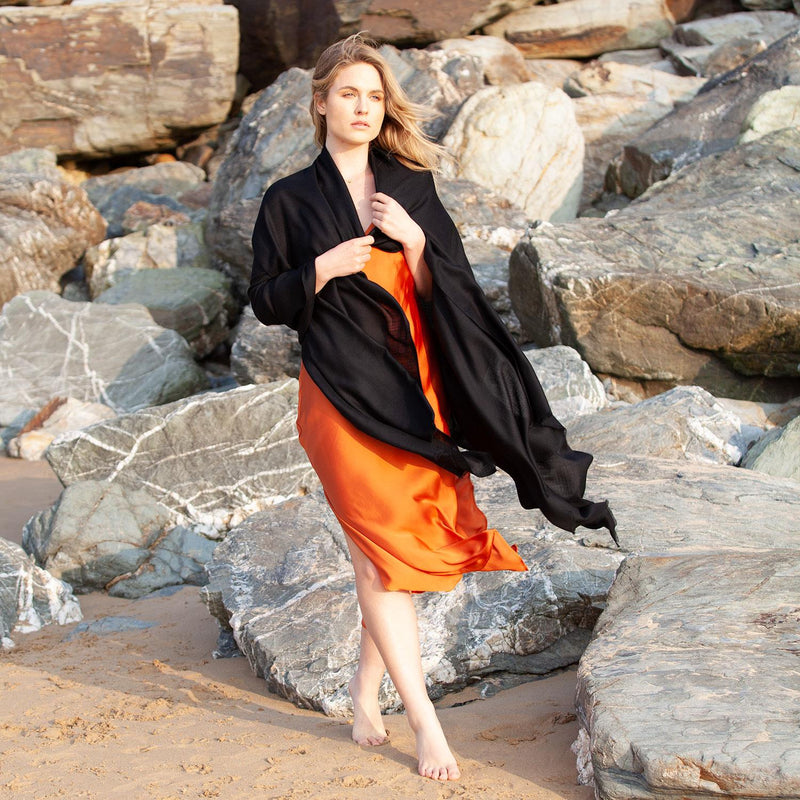Great Merino Wool Base Layers Site
Wiki Article
What Makes Yak Merino's Base Layer So Good For Winter Sports Clothing And The Reason Behind It?
Yak merino wool base layers are extremely effective for winter sports clothing due to a combination of advantages and characteristics gained from both yak as well as Merino wool. WarmthYak wool is renowned for its incredible warmth. Its hollow fibers are excellent insulation because they hold in air. The fabric, when paired with Merino Wool which is an excellent insulator, gives excellent warmth that keeps the body warm in cold temperatures.
Merino Wool is a natural fiber that has moisture-wicking properties. This means that it will absorb the moisture of the skin, and then release it to the air. It keeps the wearer dry. Yak wool also has properties for wicking moisture. This combination helps regulate the body temperature, by keeping moist skin from performing intense physical activities during cold temperatures.
Merino wool's softness and comfort is well-known. The fine fibers and softness the wool make it less likely to cause irritation. Blended with yak that has soft and silky fibers, the fabric is a comfortable garment to wear.
Both Merino Wool and Yak Wool are characterized by natural antimicrobial characteristics that help to stop the growth of bacteria which produce odors. This helps keep your clothes more fresh and lasting longer if you use them for extended periods.
Durability: Yak wool has a natural durable. When paired with merino fibers it is a great choice for outdoor sports, and other sports.
Temperature Regulation. Temperature Control. Merino wool's insulating properties help regulate body temperature, keeping wearers warm even in cold temperatures. It also breathes for periods of high activity.
Merino Wool and Yak wool are biodegradable, renewable fibers which makes them eco-friendly choices for winter sportswear.
These characteristics make yak merino base layers an excellent choice for winter sportswear, as they offer warmth and comfort, control of moisture and toughness. Have a look at the recommended https://www.koraoutdoor.com/pages/yak-merino-wool-base-layers/ for site info including ski base layer pants, ski thermals womens, best ski underlayers, smartwool mid layer, paradox merino blend, merino wool leggings women's, sweaty betty ski base layer, merino wool long johns, wool long johns women's, ski thermals and more.

What Are The Advantages Of Bamboo Clothing In Regards To Thermal Regulation, Uv Protection, Biodegradability And Environmental Impact?
Bamboo clothing offers several advantages when it comes to the regulation of temperature as well as UV protection, biodegradability, and environmental impact. thermal Regulation-
Bamboo fabric for insulation is breathable, and also has thermal-regulating properties. It provides warmth in cold temperatures. It regulates the body temperature by storing warmth in cooler weather and also allowing airflow to prevent overheating during physical activity.
UV Protection
UV Resistance- Bamboo fabrics provide natural protection against harmful UV radiation. It is able to block an extensive portion of UV radiations from the sun. This gives you an additional layer of protection while wearing it outdoors.
Biodegradability-
Eco-friendly - Bamboo clothing breaks down in a natural way, which means that it does not leave toxic residues at the conclusion of their life cycle, or contribute to the environmental degradation. This feature reduces waste and lessens the environmental impact caused by discarded clothes.
Environmental Impact-
Sustainability: As a primary material bamboo is incredibly sustainable. It is able to grow quickly and in abundance without the necessity of pesticides or chemical fertilizers, reducing the environmental impact of cultivating it. Rapid expansion makes it a sustainable resource.
Bamboo has a low water requirement when compared to cotton and other crops. It is therefore more efficient in terms of how much water is used. This is a major factor in water conservation and eases pressure on resources.
Soil Conservation
Soil health- Bamboo cultivation doesn't reduce soil nutrients and does not require massive irrigation. This improves soil conditions, and reduces the necessity for damaging practices in agriculture.
Carbon Sequestration
Carbon Absorption Bamboo plants are able to absorb more CO2 and release more oxygen than other plants. This can lower carbon dioxide emissions as well as combat global warming.
The thermal regulation of bamboo clothing, its UV protection, its biodegradability and its positive environmental impact makes it a preferred choice among those looking for practical and sustainable clothes. These qualities are aligned with eco-friendly practices that provide benefits to users as well as the environment. Check out the most popular the original source for bamboo clothing for more examples including boody clothing, bamboo clothing leggings, bamboo undergarments, preemie bamboo pajamas, mens bamboo clothing, faceplant pajamas, bamboo tee shirts mens, jacket bamboo, bamboo ladies clothing, sustainable bamboo clothing and more.

How Is Merino Wool As Well As Bamboo Clothes Distinct From Ordinary Wool?
Merino Wool Bamboo Clothing, Regular Wool have distinctive characteristics that make them distinct.
Merino's soft fibers are easy on your skin. It is less likely than traditional wool to cause itching and irritation.
Moisture-Wicking- Merino wool has excellent moisture-wicking properties, removing moisture from the skin and let it evaporate while keeping the wearer dry and comfortable.
Merino Wool is a fantastic insulation that offers warmth even when it is wet. It regulates body temperature and provides insulation in cold weather and breathability to prevent overheating in the course of exercise.
Odor Resistance - It is a natural anti-bacterial agent that inhibits bacteria growth, keeping clothes fresh and smelling good even after long wear.
Bamboo Clothing
Its softness. Bamboo clothes are frequently similar in texture to silk and cashmere. It's soft on the skin and offers a luxurious wearing experience.
Bamboo fabric wicks away moisture and draws moisture from the skin, keeping the wearer dry.
Temperature Regulation- Bamboo clothing has natural temperature-regulating abilities, offering warmth in winter and breathability to prevent overheating.
Sustainability - Bamboo is an exceptionally renewable resource that is able to grow quickly without the need for pesticides. Biodegradable bamboo can have a minor environmental impact.
Wool Regular
Texture. The wool's texture is different. Certain types are more coarse in texture and more prone for itching.
Warmth - Wool provides excellent insulation and warmth but it can also feel bulky.
Absorption of Moisture - Wool is able to absorb water, making it less effective in wicking moisture as bamboo and merino. It's still warm when it is damp.
Summary: Merino Wool is soft and odorless. It also has excellent moisture wicking. Bamboo clothing has a silky touch, moisture-wicking qualities, regulates temperature, and is sustainable. Wool has a different texture and may not possess the same properties for moisture wicking like bamboo or merino. However, it still provides warmth and insulation. Each has its own unique benefits, suited to different preferences and needs when it comes to winter wear. Read the top koraoutdoor.com winter clotihng for more info including merino base layer womens, smartwool long sleeve, merino wool base layer hunting, merino wool thermals, best merino wool base layer, mens wool long johns, smartwool 250 base layer women's, merino undershirt, merino wool base layer hunting, sitka base layers and more.
